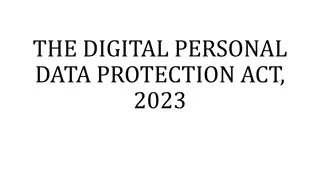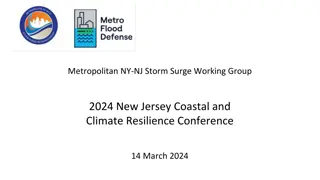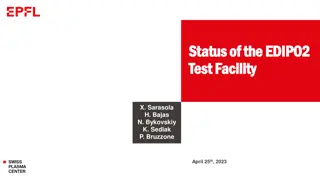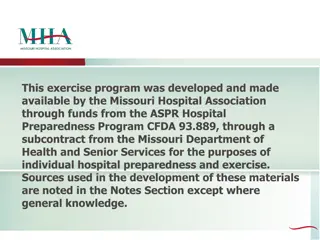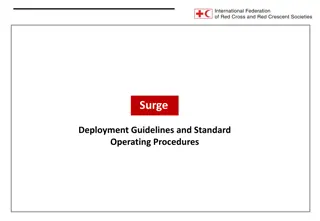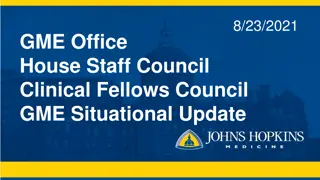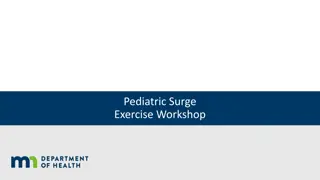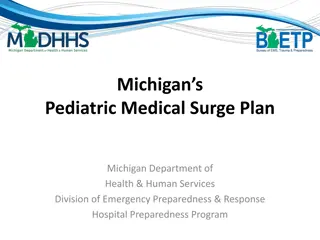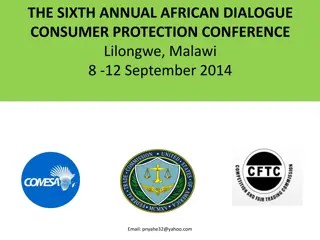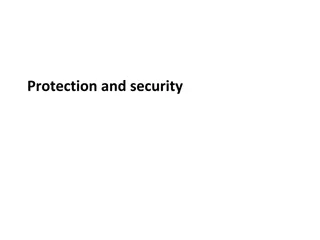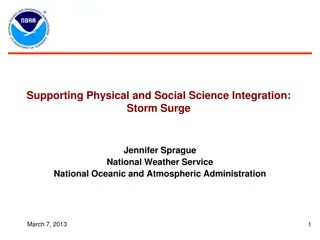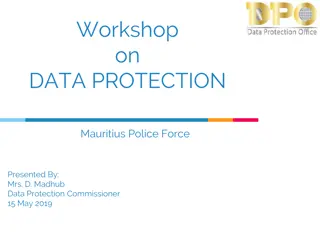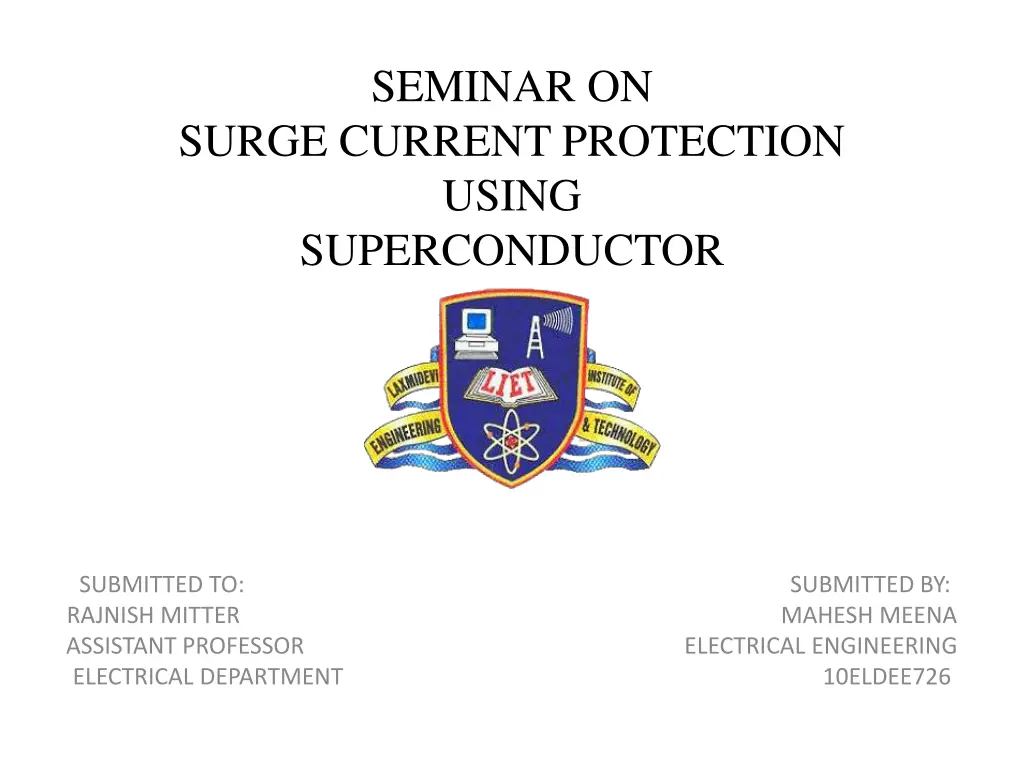
Superconductor Surge Current Protection Seminar
"Explore surge current protection using superconductors in modern power systems. Learn about surge current, superconductors, fault current limiters, protection schemes, applications, and future plans. Discover the Meissner effect and the unique properties of superconductors in electrical engineering."
Download Presentation

Please find below an Image/Link to download the presentation.
The content on the website is provided AS IS for your information and personal use only. It may not be sold, licensed, or shared on other websites without obtaining consent from the author. If you encounter any issues during the download, it is possible that the publisher has removed the file from their server.
You are allowed to download the files provided on this website for personal or commercial use, subject to the condition that they are used lawfully. All files are the property of their respective owners.
The content on the website is provided AS IS for your information and personal use only. It may not be sold, licensed, or shared on other websites without obtaining consent from the author.
E N D
Presentation Transcript
SEMINAR ON SURGE CURRENT PROTECTION USING SUPERCONDUCTOR SUBMITTED TO: RAJNISH MITTER ASSISTANT PROFESSOR ELECTRICAL DEPARTMENT SUBMITTED BY: MAHESH MEENA ELECTRICAL ENGINEERING 10ELDEE726
CONTENT INTRODUCTION WHAT IS SURGE CURRENT WHAT IS SUPERCONDUCTOR TYPES OF SUPERCONDUCTOR FAULT CURRENT LIMITER PROTECTION SCHEME APPLICATION FUTURE PLANS CONCLUSION REFERENCE
INTRODUCTION Modern power system are growing fast with more generators, transformers and large network in the system. whenever a fault occurs there is a need for the protection of these system. Here we discussed the use of superconductor as protective device for surge current protection. Superconductors electricity, offering zero resistance below certain temperature. We study superconductor as fault current limiter and their working. conduct different types of
WHAT IS SURGE CURRENT The maximum instantaneous input current drawn by an electrical device when first it is turn ON , is defined as surge current it is also known as inrush current or input surge current or switch on surge. Inrush current can be as high as 100 times the normal steady state current and lasts for less than half a normal 60Hz cycle.
WHAT IS SUPERCONDUCTOR An element, inter-metallic alloy or compound that will conduct electricity without resistance below a certain temperature. The dutch physicist HEIKE KAMERLINGH ONNES of leiden university was the first person to observe superconductivity in mercury. Superconductivity is a phenomenon of exactly zero electrical resistance certain materials when cooled below a characteristics critical temperature.
MEISSNER EFFECT MEISSNER EFFECT When you place a superconductor in a magnetic field, the field is expelled below TC. B B T >Tc T < Tc Magnet Currents i appear, to cancel B. i x B on the superconductor produces repulsion. Superconductor
A superconductor displaying the MEISSNER EFFECT Superconductors have electronic and magnetic properties. That is, they have a negative susceptibility, and acquire a polarization OPPOSITE to an applied magnetic field. This is the reason that superconducting materials and magnets repel one another. If the temperature increases the sample will lose its superconductivity and the magnet cannot float on the superconductor.
TYPES OF SUPERCONDUCTOR Low temperature superconductor example :- lead and mercury-common LTS other LTS are Ti, V, Zr, Nb etc. High temperature superconductor exmaple :- YBCO, BSCCO, LSCO etc.
STRUCTURE OF SUPERCONDUCTOR YBCO YBCO LSCO LSCO B BSCCO SCCO
FAULT CURRENT LIMITER A fault current limiter is a device which limit prospective fault current when a fault occur. Generally FCL are superconductor FCL. Two major categories of FCL (1) resistive (2) inductive
SUPERCONDUCTIVE FCL Fault control with a FCL Fault control with a FCL
APPLICATION OF FCL FCL s can be applied in a number of distribution or transmission areas. FCL in the main position FCL in the main position
FCL protect the entire bus FCL protect the entire bus FCL in the bus-tie position
ADVANTAGES A larger transformer can be used to meet increased demand on a bus without breaker upgrades. A larger, low impedance transformer can be used to maintain voltage regulation at the new power level. ?2? damage to the transformer is limited. Reduced fault current flow in the high voltage circuit that feeds the transformer, which minimize the voltage dip on the up stream high voltage bus during a fault on the medium voltage bus.
ADVANTAGE continued Safety, reliability, and power quality. Cost for C.B. and fuses can be reduced. Life of transformers extended. Reduced or eliminate wide area, blackouts. Provide protection to T&D equipments.
SUPERCONDUCTIVE FAULT CURRENT LIMITER CONCEPT (1) series resistive limiter (1) series resistive limiter FCL with HTS trigger coil FCL with HTS trigger coil
(2) Inductive limiter (2) Inductive limiter
FUTURE PLAN TEPCO will develop a three-phase limiter over the next three to four years and test it in the grid within this century. The current plan is to introduce solid state breakers for distribution before installing superconductive FCL. The true application for the superconducting FCL is at transmission voltages of 500 kV.
REFERENCES IEEE transaction on applied superconductivity http://www.scribd.com/doc/115890153/surge- current-protection-using-superconductors http://jntuhome.com/surge-current-protection- using-superconductors-seminardownload-full- paper-eee-seminar-topics/ http://kguru.info/t-surge-current-protection- using-superconductors-ppt--55999 http://en.wikipedia.org/wiki/Surge_protector http://www.edaboard.com/thread126937.html
CONCLUSION The purpose of this paper was the study of surge current protection using superconductors. The Superconductor Fault Current Limiters offers efficient advantages to power systems and opens up a major application for superconducting materials.

